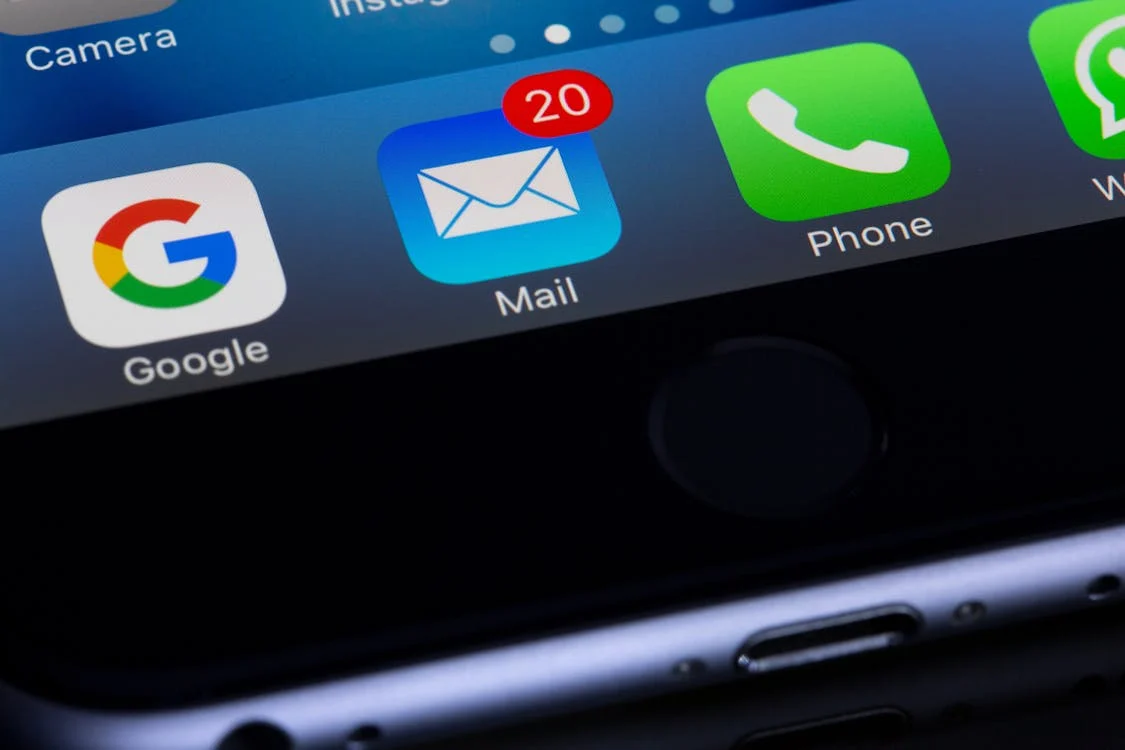Email marketing remains one of the most effective ways to connect with your target audience, generate leads, and drive conversions in the B2B space. According to recent studies, email marketing delivers a higher return on investment (ROI) than many other channels, with an average ROI of $42 for every $1 spent. To maximize this potential, however, businesses must build a well-structured B2B email marketing funnel.
In this guide, we’ll explore the step-by-step process of creating a B2B email marketing funnel that attracts, nurtures, and converts leads into loyal customers. Whether you’re starting from scratch or optimizing your existing strategy, these steps will help you build a funnel that aligns with your marketing and sales goals.
What is a B2B Email Marketing Funnel?
An email marketing funnel is the journey that leads take from their first interaction with your brand to becoming customers. It involves multiple stages, each designed to move prospects closer to making a purchase decision. For B2B marketers, the funnel is essential to building long-term relationships, as B2B sales cycles tend to be longer and more complex than B2C.
The key stages of a B2B email marketing funnel are:
- Lead generation (Awareness)
- Lead nurturing (Engagement)
- Conversion (Decision)
- Retention (Loyalty)
- Advocacy (Promotion)
Each stage of the funnel requires targeted email content that speaks to your audience’s specific needs and pain points.
Step 1: Define Your Target Audience and Ideal Customer Profile (ICP)
Before building your funnel, you need to clearly define your target audience. In B2B marketing, it’s crucial to identify the decision-makers, influencers, and other key players in your potential client companies. Knowing who they are and what they need will help you craft highly relevant email content.
To do this, create an Ideal Customer Profile (ICP). An ICP is a description of the company or individual that would benefit most from your product or service. Key elements of an ICP include:
- Industry: What industry do they operate in?
- Company size: Are they a small business, mid-sized, or an enterprise?
- Job titles: Who are the decision-makers (e.g., CEOs, CTOs, procurement officers)?
- Challenges: What pain points does your product/service solve for them?
- Budget: What’s their typical budget for solutions like yours?
Once you’ve defined your target audience and ICP, you’ll be in a better position to create tailored email campaigns that resonate with your ideal customers.
Step 2: Create High-Quality Lead Magnets
Lead generation is the top of your email marketing funnel, and to capture leads, you need to offer something valuable. This is where lead magnets come in. Lead magnets are free resources or content offers that your target audience can access in exchange for their email address and other relevant information.
Examples of effective B2B lead magnets include:
- Whitepapers: In-depth reports that provide valuable insights into industry trends or challenges.
- Case studies: Showcasing how your product or service solved a specific problem for another company.
- E-books: Comprehensive guides on topics relevant to your audience.
- Webinars: Educational sessions where you share knowledge and expertise.
- Free tools or trials: Offering a free version of your product or a demo.
Your lead magnet should directly address the pain points and interests of your target audience. Make sure the offer is compelling enough to encourage them to provide their contact details.
Step 3: Set Up a Segmented Email List
Once you’ve attracted leads with your lead magnet, it’s important to organize them into segmented lists. B2B audiences are diverse, and not every lead will be at the same stage of the buying journey. List segmentation allows you to send more targeted, relevant content to different groups.
Segment your email list based on criteria such as:
- Industry or company size
- Job title or role within the organization
- Stage of the buying journey (awareness, consideration, decision)
- Past interactions with your brand (e.g., attended a webinar, downloaded a whitepaper)
- Location or region
Segmentation allows you to personalize your emails, which can increase open rates, engagement, and conversions.

Step 4: Develop an Engaging Email Sequence
Now that you have segmented your email list, it’s time to create an email sequence for each segment. An email sequence is a series of emails that nurture leads from awareness to decision-making. Each email should build on the previous one and guide the prospect closer to becoming a customer.
Here’s a step-by-step approach for crafting your email sequence:
1. Welcome Email (Awareness Stage)
The first email your new lead receives should be a welcome email that thanks them for subscribing or downloading your lead magnet. This email sets the tone for your relationship and should include:
- A warm greeting and thank you message
- A brief introduction to your company and how you can help them
- A link to the lead magnet they signed up for
- A clear call-to-action (CTA) to engage further (e.g., explore your blog, follow you on social media)
2. Problem-Solution Email (Consideration Stage)
The second email in the sequence should address a common pain point your prospects face and introduce your product/service as the solution. Use this opportunity to provide valuable information and demonstrate your expertise.
- Highlight the key challenges in their industry or role
- Explain how your product or service solves these problems
- Include a relevant case study or testimonial to build credibility
- Offer additional resources (e.g., blog posts or e-books)
3. Value Proposition Email (Consideration Stage)
In this email, focus on your value proposition—what makes your product or service unique and how it benefits your prospects. Highlight key features, benefits, and differentiators.
- Focus on the specific value you provide (cost savings, increased efficiency, etc.)
- Use bullet points or visuals to emphasize key product features
- Include a strong CTA (e.g., schedule a demo, request a consultation)
4. Offer Email (Decision Stage)
Once your prospect is familiar with your brand and solution, it’s time to make an offer. This email should contain a compelling CTA that encourages the lead to take the next step, such as booking a demo or requesting a quote.
- Include a special offer (e.g., a limited-time discount or free trial)
- Emphasize urgency with a clear CTA (e.g., “Book your demo today”)
- Reassure them with a money-back guarantee or other risk-reduction elements
5. Follow-Up and Reminder Emails (Decision Stage)
If your lead hasn’t converted yet, send follow-up emails with gentle reminders and additional information. Be helpful and provide more value to maintain interest.
- Share success stories from other clients
- Offer additional resources like webinars or product guides
- Include a clear, personalized CTA
Step 5: Use Automation for Consistency and Efficiency
Email marketing automation is crucial for B2B funnels, as it allows you to deliver the right message at the right time without manual effort. Set up automated workflows based on specific triggers, such as:
- Welcome series: Automatically send a sequence of emails when someone subscribes or downloads a lead magnet.
- Behavior-based automation: Trigger emails based on actions taken by the recipient (e.g., visiting a product page or downloading a resource).
- Follow-up sequences: Automate follow-up emails after a lead engages with your content or books a demo.
Automation ensures your leads are consistently nurtured through the funnel, even as your list grows.

Step 6: Analyze and Optimize Your Funnel
No email marketing funnel is perfect from the start. To improve performance, it’s essential to track key metrics and continuously optimize your email campaigns.
Key metrics to monitor include:
- Open rates: Indicates the effectiveness of your subject lines.
- Click-through rates (CTR): Measures how well your content and CTAs resonate with your audience.
- Conversion rates: Tracks how many leads take the desired action (e.g., booking a demo, making a purchase).
- Bounce rates: Shows how many emails failed to reach the inbox.
- Unsubscribe rates: Reveals if your emails are losing relevance to your audience.
Use A/B testing to experiment with different elements of your emails, such as subject lines, CTAs, or design. By testing and refining, you can improve engagement and conversion rates.
Conclusion
Building a successful B2B email marketing funnel takes time, planning, and a deep understanding of your audience. By following this step-by-step guide, you can create a funnel that effectively generates leads, nurtures them through the sales cycle, and converts them into loyal customers. With the right lead magnets, segmented email lists, engaging sequences, and automation, your B2B email marketing funnel will drive long-term growth and success for your business.
Remember to continuously monitor, test, and optimize your funnel to ensure it evolves with your audience’s needs and preferences.
